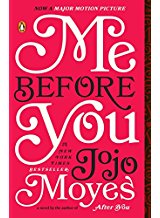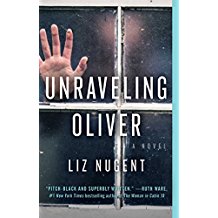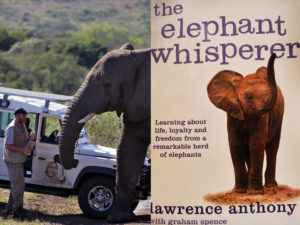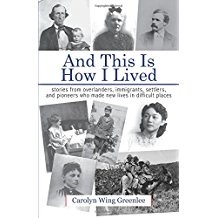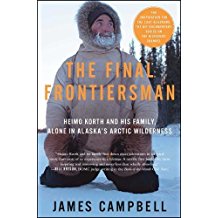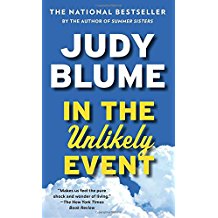I loved Me Before You written by JoJo Moyes, an English journalist and romance novelist. I’m not usually a romance reader, yet I found Me Before You a fascinating love story, funny, surprising, sometimes tearful, and certainly thought provoking.
The story takes place in a small English village known for Stortford Castle, a well-known tourist attraction. Louisa Clark is, by most standards, eccentric. At 26, she has held the most menial jobs, the latest working in a café. But she loves serving customers. Her dress style is…flamboyant, not with any particular style. Let’s say she dresses with a style of her own. Although she comes from a loving, close-knit family, she is often the brunt of their jokes. Her younger sister has the “brains of the family” and is a university student. Her father’s employment situation is precarious and the family relies on Louise’s income.
Will Traynor comes from great wealth; in fact, his family owns Stortford Castle. He has much to show for his own achievements. Will loved life, had a successful business and was known for his dare-devil lifestyle. When, as a pedestrian, he is struck by a motorcycle, his injuries are severe and permanent. He is instantly a quadriplegic and must rely on others for his existence. His life is broken beyond repair and he is not compliant.
When the café where Louise works goes out of business, she is left without a job, a frightening possibility for her and her family. She goes to the employment office and interviews for a job caring for Will Traynor. Louisa and Will couldn’t have been more different. But as their lives intertwine, something unexpected happens.
When Louise learns that Will has shocking plans for his own life, she sets out to show him that life is worth living.
From Me Before You I learned a few things, too, about the world of a quadriplegic and all that it takes to sustain life. The novel is rich with English tradition and lifestyle, which I enjoy.


